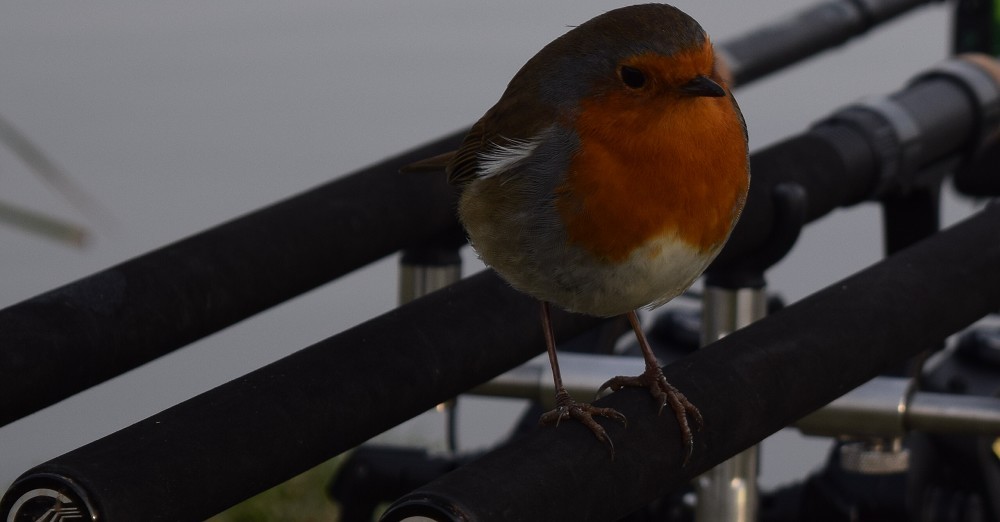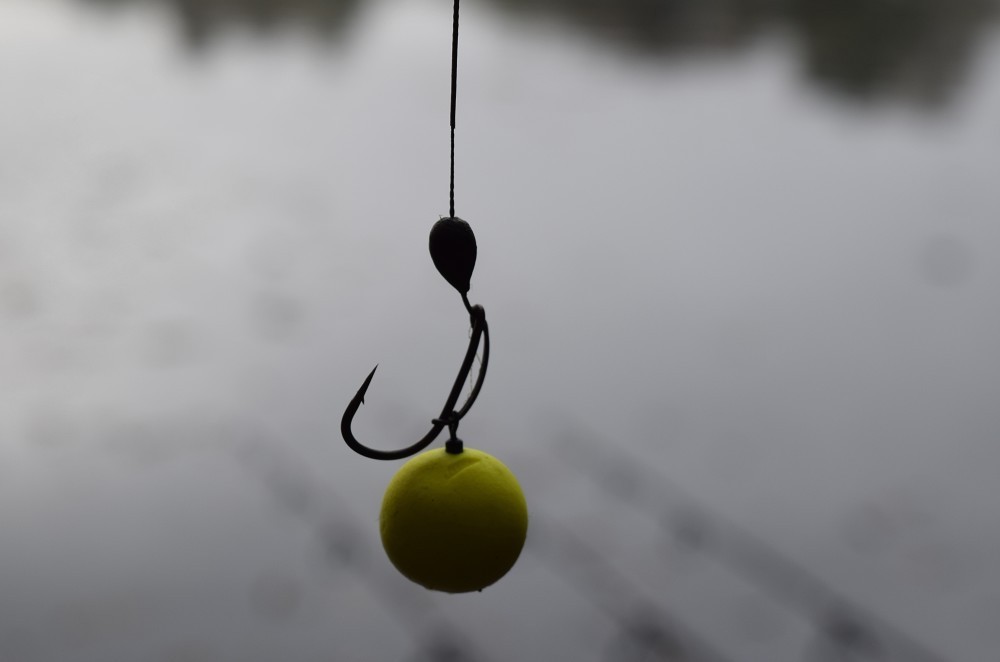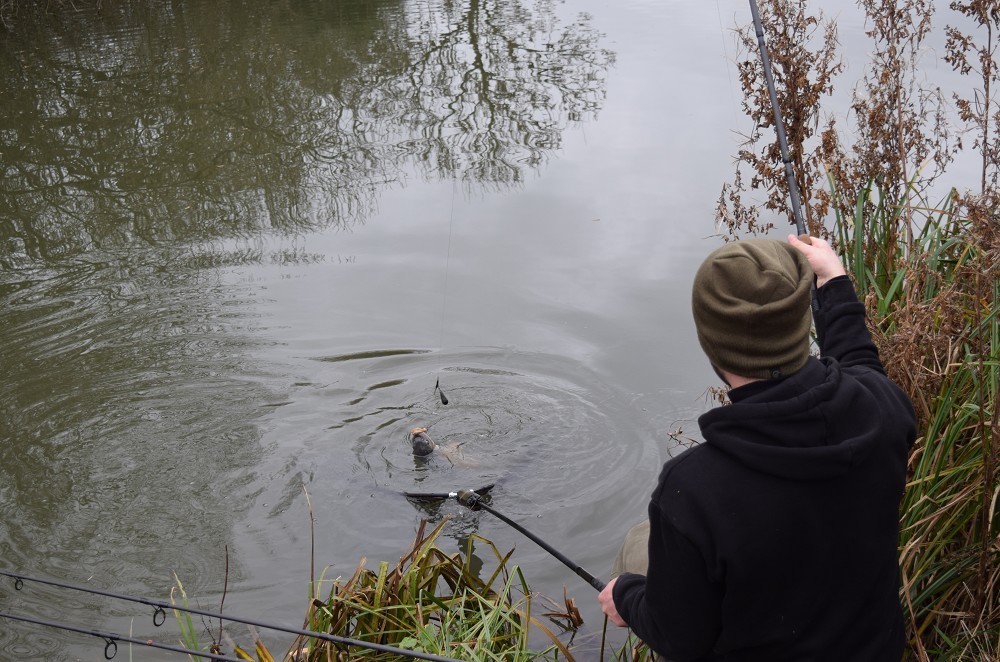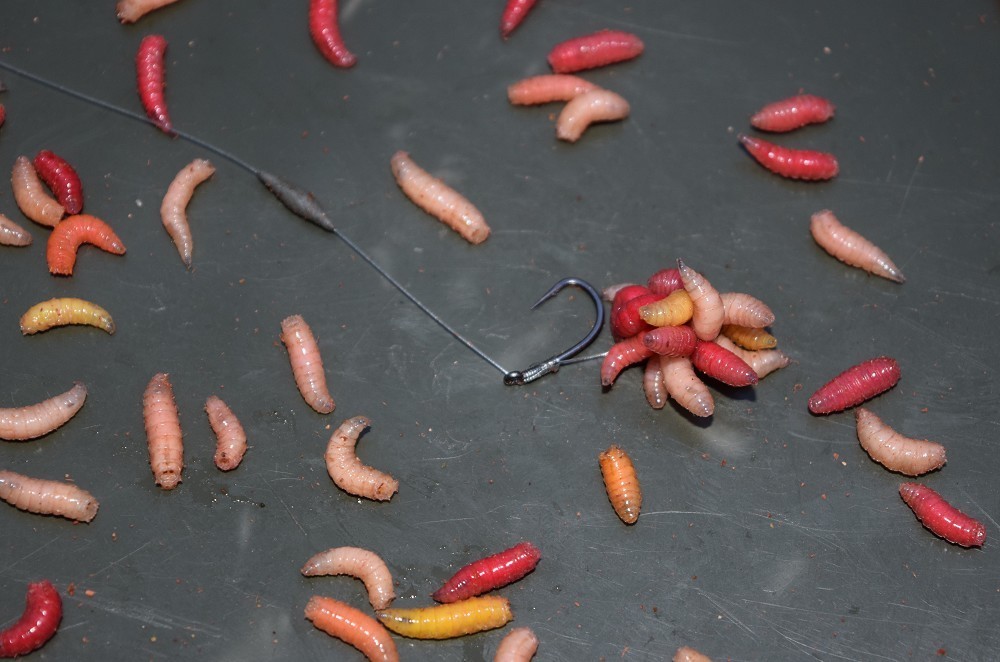
Scaling down your end tackle
Luke Vardy explains when and how to scale down your end tackle, to land more fish during your winter sessions…
It is a very often spoken about subject every year as the temperatures plummet and the fishing becomes somewhat more of a challenging task, but knowing when and how to make changes to suit the conditions you’re dealt with can certainly put the percentages in your favour, to keep those bobbins dancing throughout your sessions.
When… I like to split my years angling into 2 different seasons - from April through to November I will generally go with my out and out approach, by this I mean my usual rigs and approaches to suit the venues I’m fishing, which is usually a 25lb coated braid hook length and micro-ground size 4 wide-gape hook, tied as a Multi-rig or a Standard bottom bait rig. My reason for this is that during the warmer months of the year I personally think you can get away with being more blatant and less worrisome with your rigs and approach, due to the fish feeding more heavily and frequently, therefore meaning they’re moving around a lot more, so competition for food is paramount.
As November approaches, though, I like to keep an eye on the forthcoming weather and conditions. This will decide when I move onto my winter water and fine tune my tactics and baiting approach to get the most out of my sessions. The weather I’m referring to is when we consistently get a drop in temperatures below 5 degrees within day and night-time hours, this causes the water temperatures to plummet, which creates a situation where catching them requires more thought with regard to tactics and approach. Bright sunshine within the daytime will offer an opportunity in the shallow areas of the lake and also zig rigs at different depths are definitely worth a look, especially fished in conjunction with maggots wriggling above your zig foam.
How… The inclusion of maggots to your armoury is by no means a hidden secret, some venues throughout the country proceed to get dominated by the wrigglers year-in year-out, which just shows how effective they can be if fished correctly.
Fishing with maggots needn’t be a costly exercise, certainly not so if you’re fishing a day session or an overnighter, generally 1 or 2 pints can see you through your session and is certainly enough to make an impact on your results. There are many ways in which you can deliver maggots to your swim, whether it be a Spomb/spod, catapult, or PVA bags. My favoured approach is making golf ball sized Meltz continuous mesh PVA bags of maggots, to which I hook on my rig prior to casting, this is a great starting point. Which colour of maggots is down to personal preference, I favour a mixed variety as this offers more options for hook bait choices. A great tip is to make sure you riddle your maggots prior to using them, this is the best way of keeping them fresh throughout your session and is when they are most effective.
To construct the rig for my maggot fishing in winter, there is a certain array of products I use to suit my scaled down tactics. The hook length material I use is Kodex Zig & Floater in 12.9lb breaking strain, which has a remarkably low diameter of 0.25mm. I find this hook length disappears over most lakebeds, especially with the addition of super-heavy Tungsten putty to the rig.
To my hook length I tie a simple whipping knot to a size 8 Genomic MGP wide-gape pattern hook with a 10mm hair, to which I tie a small size anti-glare rig ring (3.1mm diameter). The rig ring serves the importance of allowing you to tie your maggots onto your rig - alternatively you can use a maggot clip, which is another highly effective and proven tactic that I know Stuart Campbell prefers.
The idea is to very carefully thread between 15-20 maggots onto a 6-inch section of bait floss, with the addition of a sewing needle (be very careful with the needle!) and then tie the maggots onto your anti-glare rig ring using 3 simple overhand knots forming the maggots into a ball, commonly known as a ‘medusa’ rig. Trim the excess bait floss and blob the tag ends with a lighter… your rig is now ready to be cast with the addition of a PVA bag.
To summarise…
It’s well known that a carp’s feeding habits are slower and fewer during the winter months, so by reducing the visual aspects of your rigs by scaling down, you can certainly get more bites and make your sessions more worthwhile in the colder weather. Follow the advice above over the holiday period and, until next time, I wish you a very merry Christmas and happy new year.
Luke Vardy





